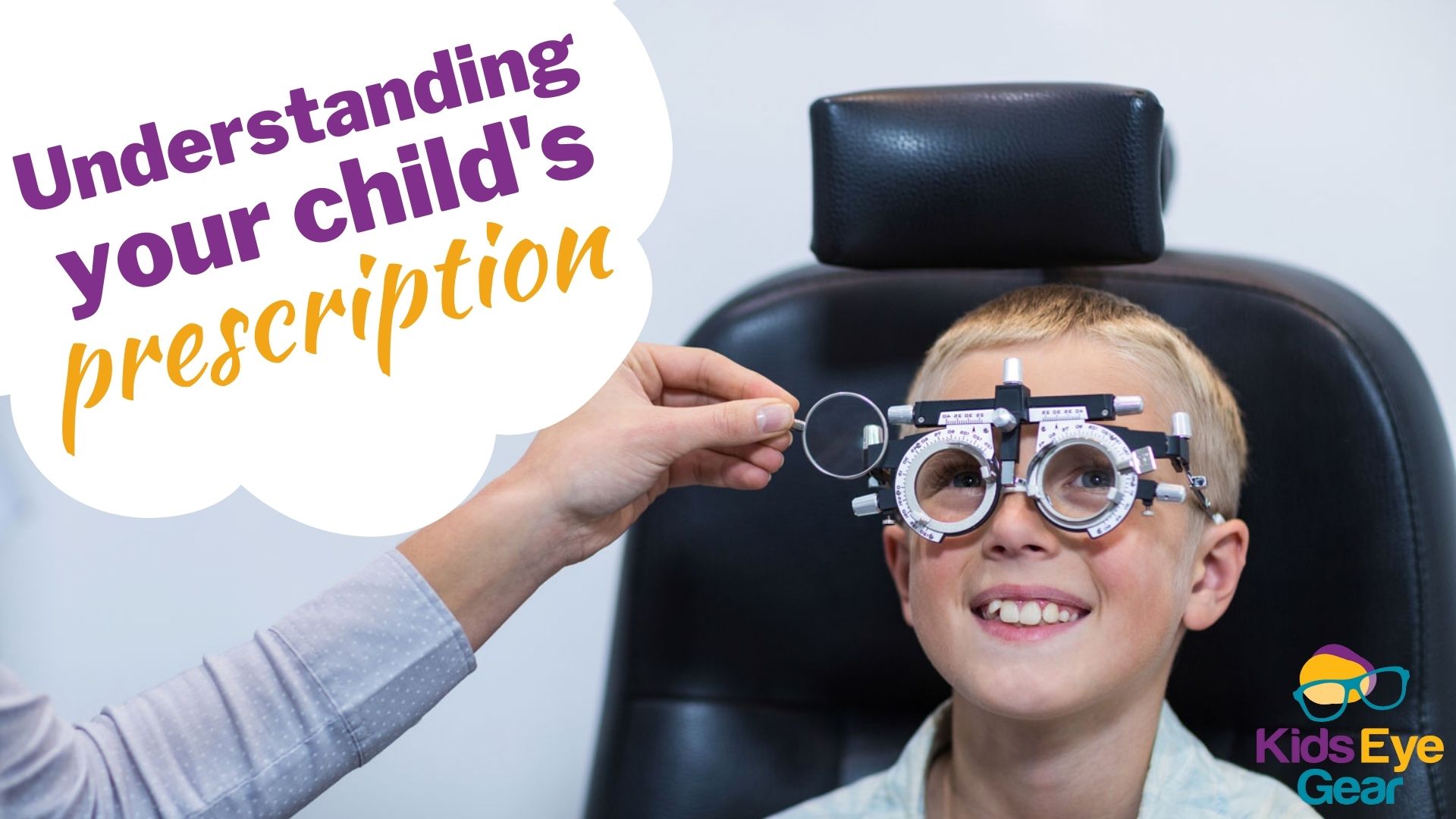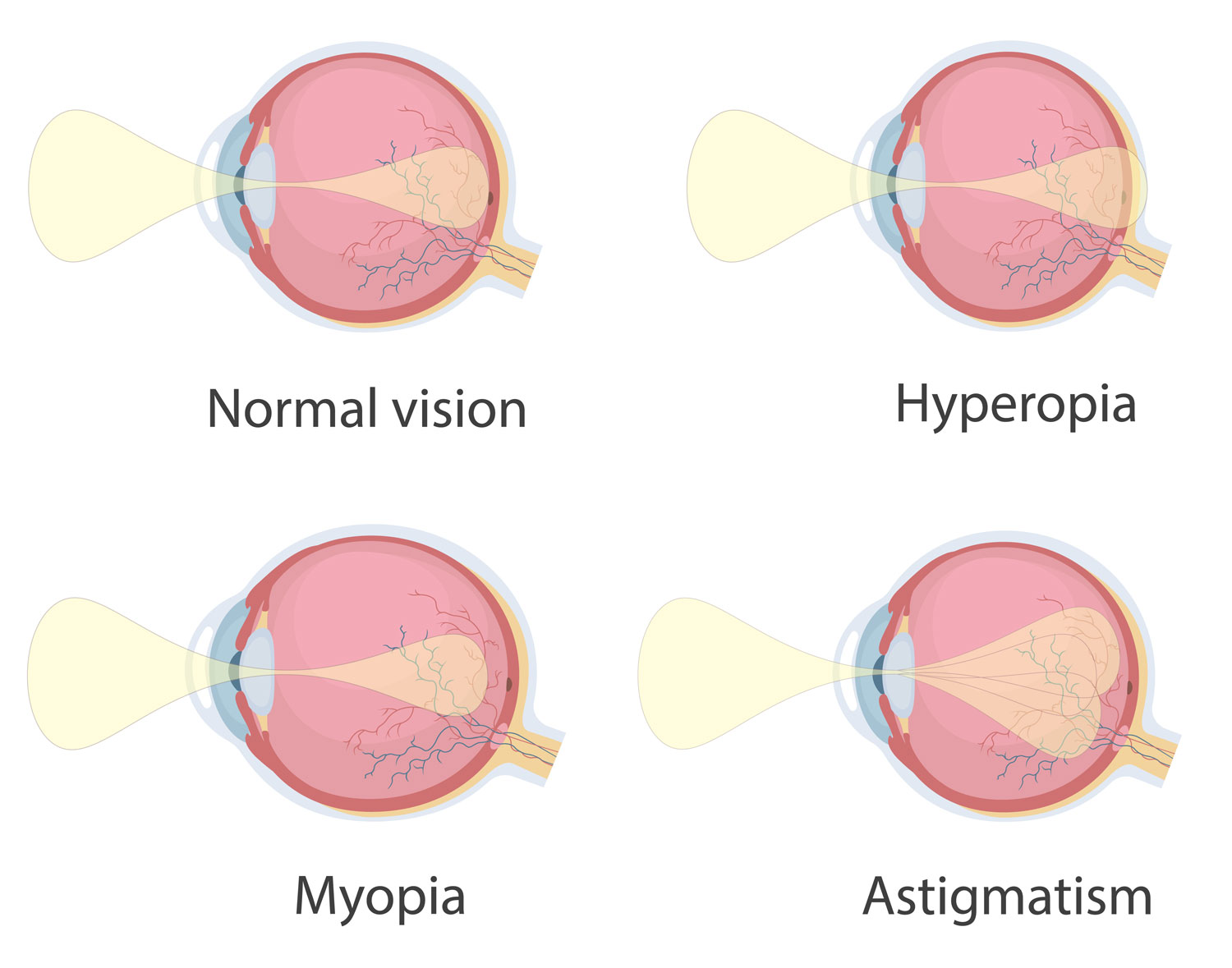Understanding your child's glasses prescription
5th Feb 2023

So, you’ve taken your child to get their eyes tested (yay for you!) and it turns out they need glasses. Maybe you were expecting it or maybe it’s come as a big shock. In our Little Aussie Eyes Report 2020, many parents felt surprise and shock when their child was first diagnosed, so don’t worry if you’re in this boat too – you’re not alone! In fact, one mother explained that she felt like the worst mother in the world because she hadn’t picked up any issues despite her son’s eyesight being quite bad. The problem was only picked up during a kindy health check. Her mother’s guilt was real but honestly, at least she took some action and the problem was addressed.
Now what though?
What is a Glasses Prescription?
A glasses prescription is like a medical prescription that you’d get from your GP, except it specifically relates to your eyes. It spells out to any optometrist you take it to what exactly is wrong with your eyes and what is needed to fix them. Importantly, your script is yours and you’ll need it to buy prescription eyeglasses.

How to Understand Your Eyeglasses Script
Most eye doctors will take the time to explain what your child’s prescription means, especially if this is your first time. If they don’t explain – do not be afraid to ask! They will usually start by saying if your child is farsighted (hyperopic) or nearsighted (myopic), or if they have an astigmatism. There are some other conditions to but these would likely be the main ones. Check our Glossary of Eye Terms for a full list of eye terminology explained.
If you were to look at yours or your child’s prescription you would see abbreviations like OD, OS, SPH and CYL. Each of these may or may not have a number associated with them and can be negative (-) or positive (+). These abbreviations will be used to build your child’s new lenses. Warning: Eye glass prescriptions are not the same as contact lens prescriptions. You will need a different prescription if you plan to get contacts too.

Right Eye and Left Eye
OD and OS stand for the Latin word’s oculus dexter and oculus sinister, which translate to right eye and left eye. Each of your eyes can have a different prescription. When referring to both eyes, the Latin word oculus uterque is used. A more modern office may use the terms RE and LE for right and left eye. The right eye is always listed first and then the left eye.

Other Terms and Abbreviations You May Find in Your Script
SPH – Spherical – Measures the amount of lens power needed for near sightedness or farsightedness. A (+) number indicates farsighted and a (-) indicates near sighted.
CYL – Cylinder – Cylinder measures what degree of astigmatism you have, or how flat or irregular the shape of your cornea is. It measures the amount of lens power needed to correct an astigmatism. If nothing is recorded here, then your child does not have astigmatism. The (+) and (-) signs here reflect the same as above.
Axis – With an astigmatism, the amount of the axis will also be recorded. Axis is measured in degrees, and refers to where on the cornea the astigmatism is located. The axis starts at 0 and ends at 180.
Add - This shows the added magnifying power applied to the bottom part of multifocal lenses to correct presbyopia. This will always be a (+) number and will be the same power for both eyes.
Prism – This will only be relevant for eye alignment issues. Four abbreviations are used for prism direction: BU = base up; BD = base down; BI = base in (toward the wearer's nose); BO = base out (toward the wearer's ear)
How long will my child's eyeglasses prescription last?
Your child’s eyeglasses prescription will last for around two years. After that you will need to take them back to get their eyes tested. As little kids tend to grow and change fast, sometimes you may need to go back earlier. Your optometrist will most likely send you a reminder one year after your first fitting, or earlier if required. Look for signs that your child’s glasses may not be working at top form, such as headaches, squinting, or if they complain that they cannot see as well as before.

Where you can use your Prescription
Most of us will buy eyeglasses from the optometrist where we take our eye test. It seems so easy doesn’t it? You take a test, you pick your frames and in 1-2 weeks they are ready to pick up. This works great most of the time but if the optometrist doesn’t have any frames that your child likes – or more importantly don’t fit correctly – you can take your prescription somewhere else. You can take your prescription to any place that sells glasses and place your order there - this includes online stores. Your optometrist must release the script to you, so do not be afraid to ask for it.
Hopefully this has helped provide a little guidance on glasses prescriptions for kids. Whilst this is a language that optometrists speak every day, it might be confusing for us parents. Never be afraid to ask questions about the prescription and what it means. Good optometrists will always be happy to explain exactly what is wrong with your child’s vision and what is being done to correct it. And if you’re not happy with the information you’re being given you are entitled to get a second opinion (or third if you really want to!) from another provider.

